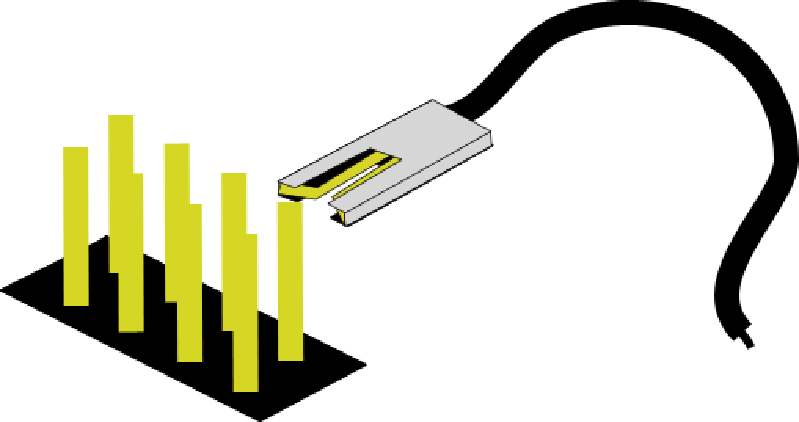Yesterday, in my review of the LEDBorg, I wrote about how it can be inconvenient to connect two devices to the Raspberry Pi GPIO header at the same time, especially when one of them has a header which covers all the pins.
I mostly write and run my own bare-metal software on the Raspberry Pi, and as I have not got anywhere near making the major I/O (USB, ethernet, etc.) work, my only option for communicating with the Pi seems to be via the on-board mini-UART serial interface. I have that talking to a terminal emulator, and it makes it much easier to get diagnostic information so I can see what's going on.
There's a big problem, though. The mini-UART uses pins on the same GPIO header as (for example) the LEDBorg. This makes it practically impossible to use both at once. This means it's very tricky for me to work out what is wrong with my experiments in interrupt-driven PWM (No blog post on that, yet - it is stubbornly refusing to work for me). The GPIO header on the Raspberry Pi has 26 pins which point straight up, and the serial port connector I use has four in-line sockets which slip end-on to the pins. Without somehow duplicating the header pins I can see no way of connecting both the UART cable and the LEDBorg at the same time.
After thinking about this for a while, It occurred to me that there ought to be some sort of connectors which clip on to the pins sideways, rather than downwards. That way, a mixture of sideways clips, headers and in-line single sockets can be used, to allow any combination of devices to be connected at once. Obviously it would not make sense to connect two devices which used the same pins, but this is not the case with the LEDBorg and the mini-UART.
Unfortunately, I have no idea what such connectors might be called, and my web searching has so far turned up nothing useful. I have drawn a sketch of the kind of thing I am looking for - does anyone have any suggestions what they are called, or where I might get such things?
Many thanks in advance to anyone who replies!
